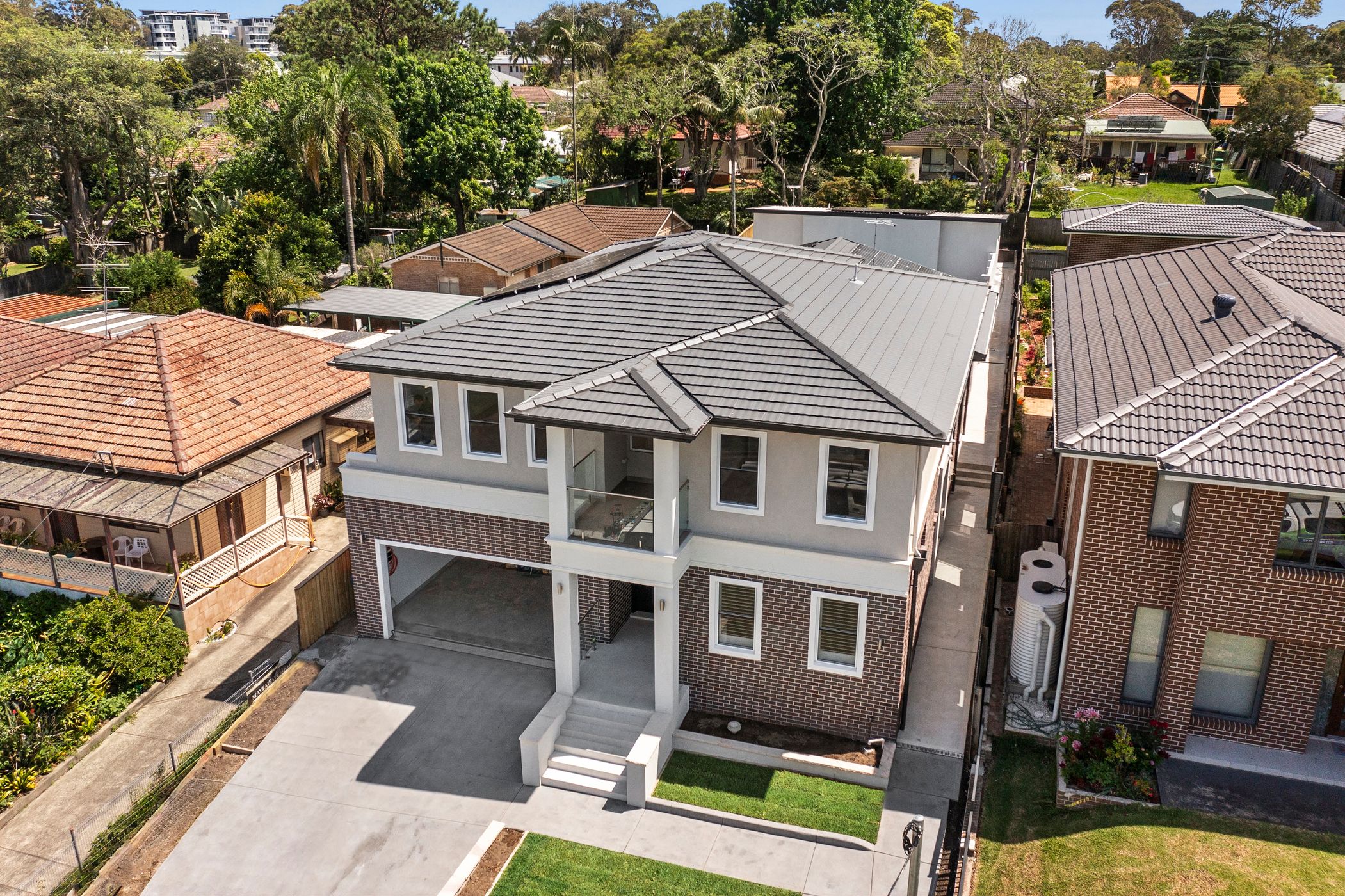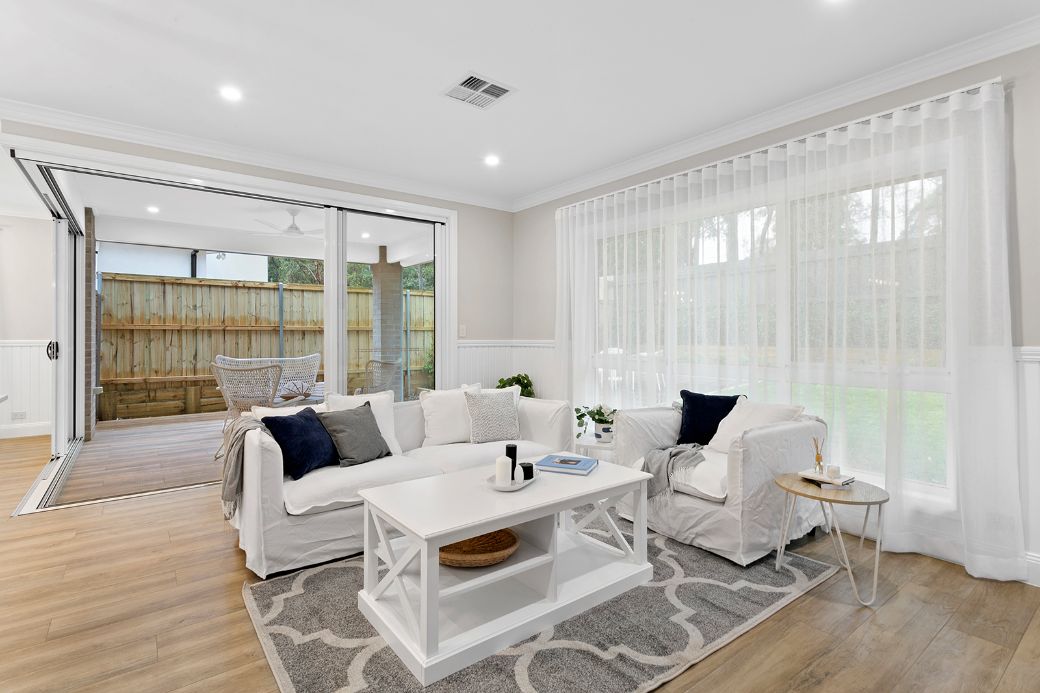
Building in Sydney: Navigating Local Council Regulations
When it comes to building in Sydney, one of the most important — and often most misunderstood — steps is navigating the local council approval process. Each council has its own development controls, zoning overlays, and planning requirements, which can significantly affect your timeline, design, and budget.
Understanding these regulations early can save you from costly delays and setbacks down the line. Here’s what you need to know to build with confidence in Sydney.
1. Understand Your Property’s Zoning
Every property in Sydney is zoned under a Local Environmental Plan (LEP), which outlines what can and can’t be built. Key zoning types include:
- R2 – Low Density Residential
- R3 – Medium Density Residential
- E4 – Environmental Living, and more
Your zoning will determine allowable uses, height limits, floor space ratios (FSR), and setbacks. A builder with local expertise can help you interpret your site’s zoning and constraints.
2. Choose the Right Approval Pathway
There are two main pathways for getting your build approved in Sydney:
- Complying Development Certificate (CDC): A faster, simpler option if your project meets strict design and planning rules set out in the NSW Housing SEPP.
- Development Application (DA): Required when your design doesn’t meet CDC criteria or your property is subject to unique planning controls.
A CDC is quicker and often cheaper, but a DA may allow for greater design flexibility.
3. Understand Key Planning Controls
Each local council applies its own Development Control Plan (DCP), which guides aspects such as:
- Minimum lot sizes
- Setbacks from boundaries
- Landscaping and open space requirements
- Privacy, overshadowing, and view sharing
- Parking and access
It’s essential to design within these guidelines to avoid lengthy objections or redesigns.
4. Check for Additional Overlays and Constraints
Beyond zoning, your site may also be affected by:
- Bushfire Attack Levels (BAL)
- Flood risk and overland flow
- Heritage or conservation restrictions
- Foreshore building lines
- Mine subsidence zones
Each of these may trigger additional reporting, approvals, or construction standards — all of which impact the cost and feasibility of your project.
5. Work with a Builder Who Knows Sydney Councils
Sydney has over 30 local councils — each with unique planning rules. Whether you’re building in Hornsby, Blacktown, Sutherland Shire, or Inner West, it’s crucial to partner with a builder who:
- Has experience working with your local council
- Understands current LEP and DCP requirements
- Can manage documentation, applications, and consultants on your behalf
- Designs homes that are both beautiful and compliant
This experience can help you avoid delays, reduce risk, and fast-track your build.
Build with Confidence at New South Homes
At New South Homes, we have extensive experience designing and building homes across Sydney’s diverse council areas. From feasibility and design to council approvals and construction, we guide you through every step with expertise and care.
Planning to build in Sydney?
Book a free site inspection today and let our team help you navigate local council regulations — so you can build smarter, faster, and with complete confidence.
Experience
the
Difference
Ready to start your building journey? Chat to our team of experts today and get a FREE personalised quote
Find Out More
Related Posts




